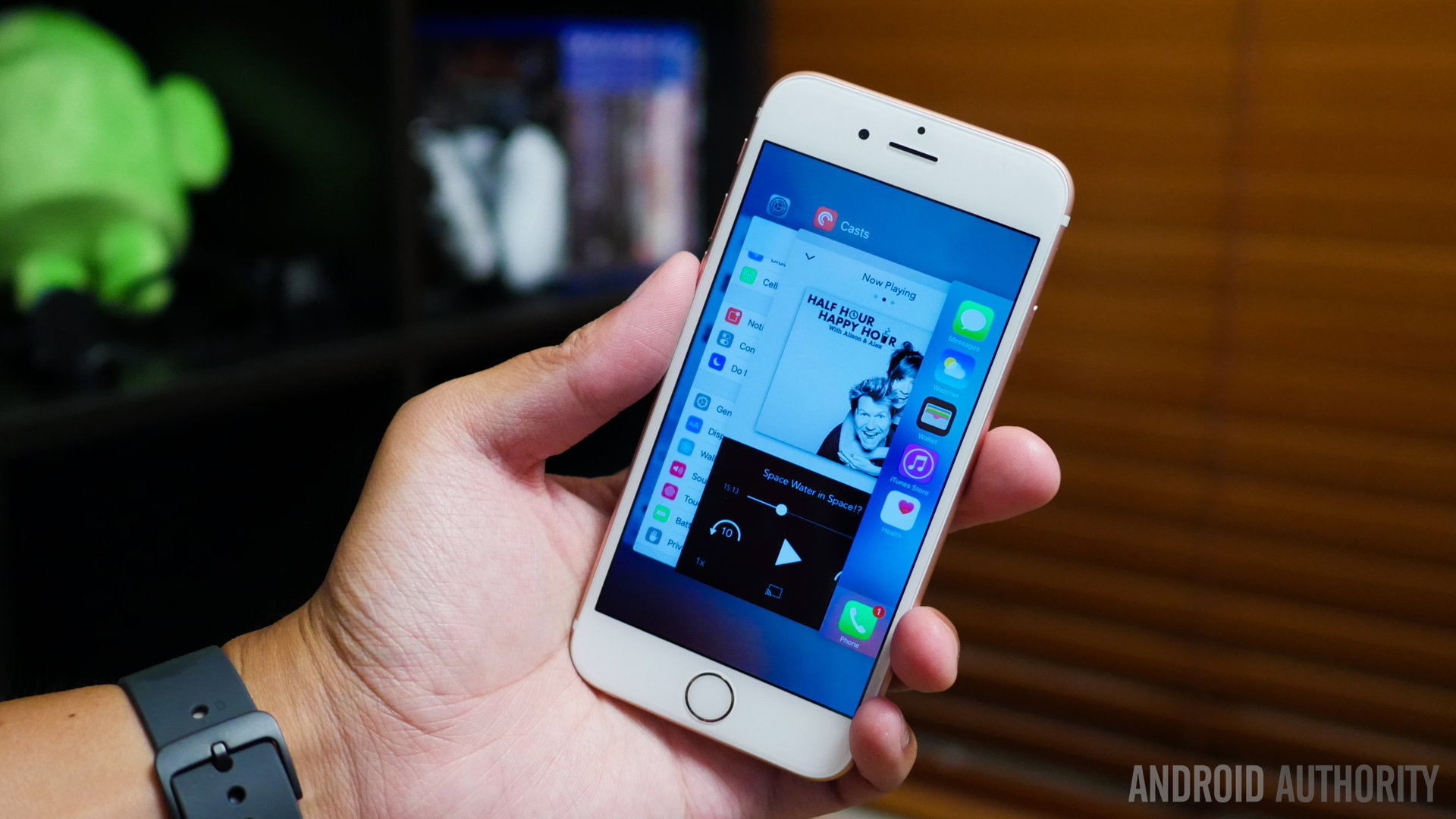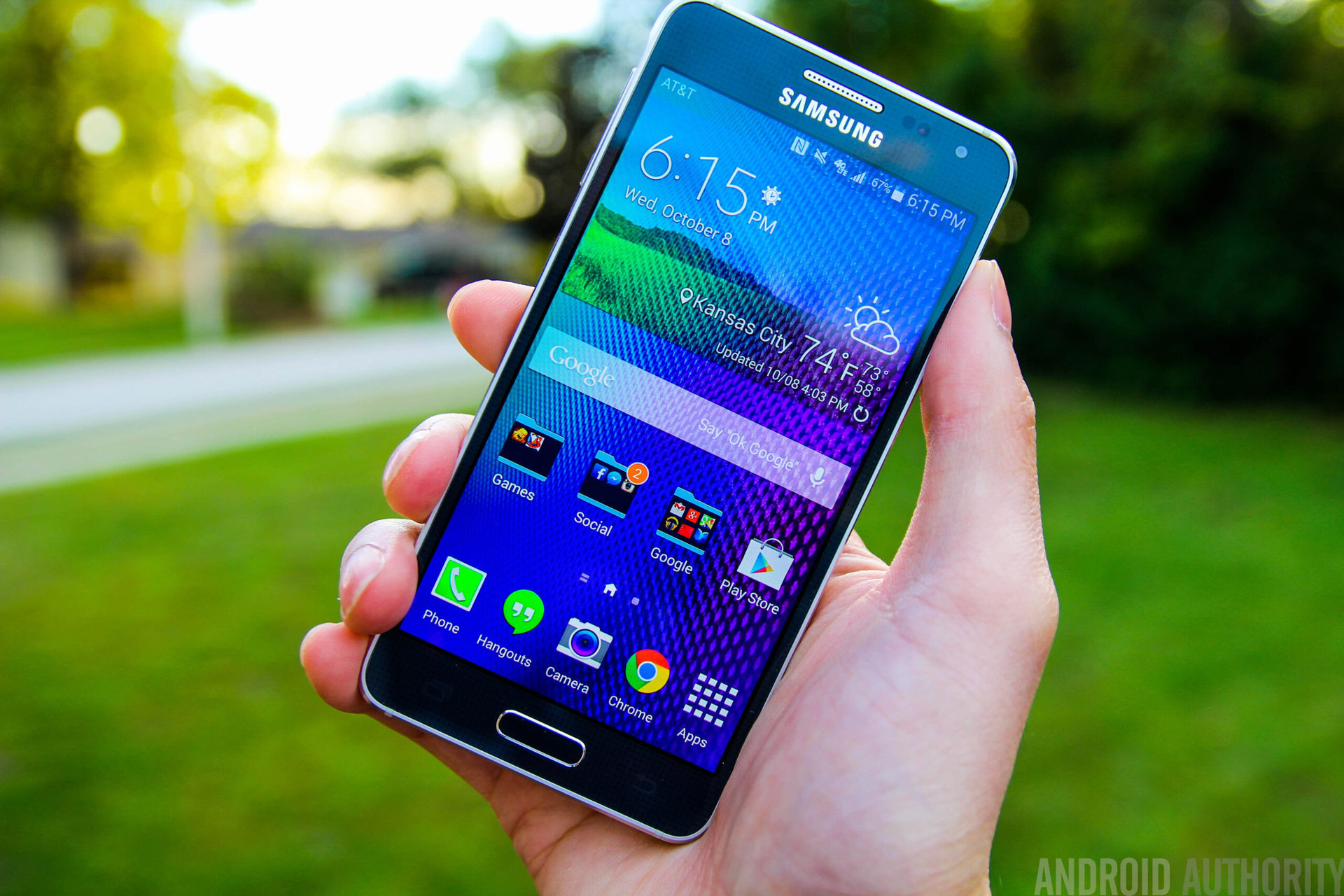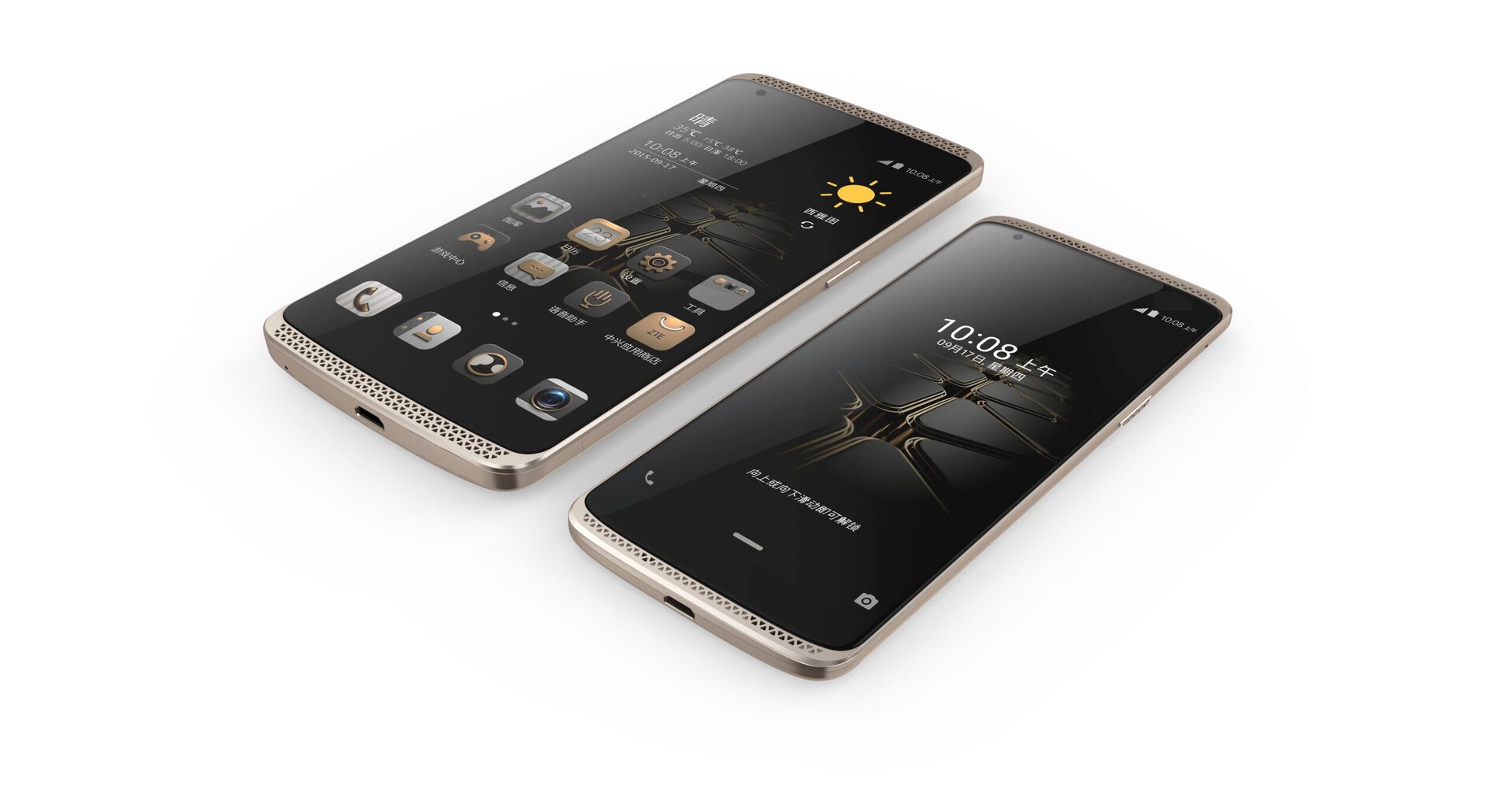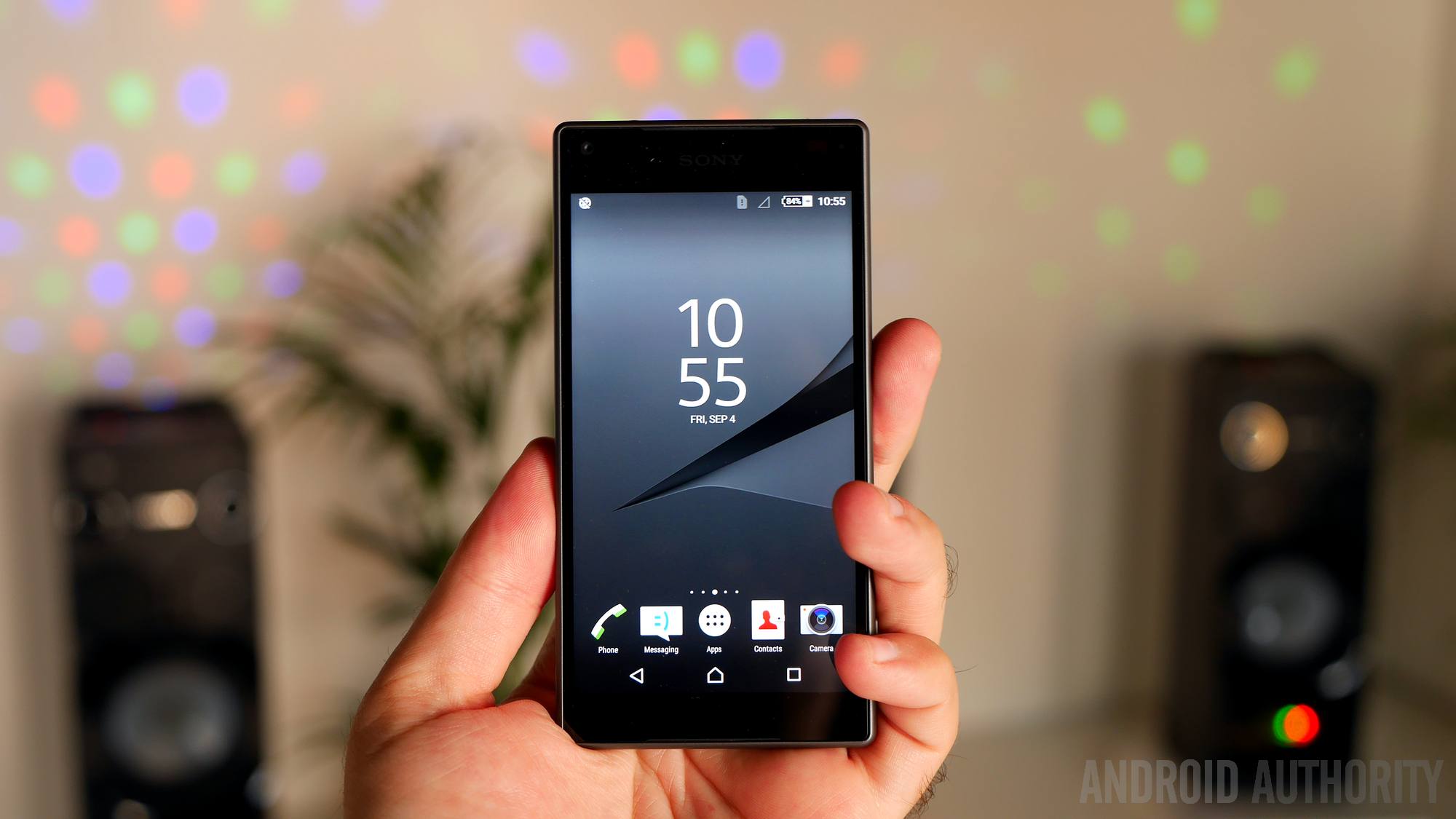Affiliate links on Android Authority may earn us a commission. Learn more.
Should OEMs put proper priority on smaller smartphones?
Published onOctober 13, 2015

It’s hard to believe, but just a few years ago smartphones used to be much smaller, both in specs and stature. While we will be looking at the spec situation later this week, today we’re going to address the latter issue.
At the time of their release, both the original Galaxy Note and Dell Streak were inconceivably large. Samsung in particular made a case for the what would be quickly labeled a “phablet” by offering a Wacom-powered stylus. Around the same period, HTCwas also pushing the envelope for what was an appropriately sized “standard” product. The result was offerings like the Desire HD. Things gradually grew larger to the point we are at today: the “defacto” size for an Android phone has a 5-inch screen.
Do we really need more small?

Despite the more vocal voices that decree devices under 5 inches are too small, it is a fact that they have consistently sold well: like it or not, Apple’s success in the smartphone market stands as a testament to this, especially amid reports that the 4.7-inch iPhone 6 outsold the 5.5-inch iPhone 6 Plus seven to one. Even so, there are countless Apple fans disappointed by Cupertino’s decision to “go big”, longing for the “minuscule” 4 inches of pixel power put in previous products.
Meanwhile in Android territory, OEMs have by-and-large chosen to relegate the small screen form factor to a back-burner experience at best. By using names like “Mini” in particular, they not only seek to describe the device itself, but also offer a tell-tale tell-all on the specs that will be featured inside. This is exactly why Sony’s use of the name “Compact” is so profound, as it doesn’t imply anything other than superior portability.

Are there numerous small smartphones with Android? Sure, but try and count the ones that are actually pushed as full-fledged flagships and the listing is a bit brief at best. Samsung and Sony both had impressive small offerings last year with their Galaxy Alpha and Xperia Z3 Compact respectively. This year, Sony is back at it again with the Xperia Z5 Compact which again packs essentially the same internals as its full-fledged flagship, but with very minor changes such as a lower screen resolution. For the most part, everything else is a collective offering of budget priced parts that OEMs can throw in and offload for purely pennies.
Just what can someone do if they don’t want a 5-inch phone? Some people have smaller hands. Some people want more portability. Some people want lighter. What do these customers buy when OEMs give them very little consideration?
The spec sheet

Many people misunderstand a major part of the small spec sheet. Granted the devices are often seem as being less relevant than their big brothers, but it’s also a simple matter of logic:
Does a small phone actually need a FHD screen? This argument is as seemingly endless as the question of QHD displays on phablets. Sure it makes everything look that much nicer, but battery life becomes a significant sacrifice. In the case of a small device, there just isn’t that much room to put a giant power cell, hence you had the Galaxy Alpha and Xperia Z Compacts both going with 720p-resolution offerings. Likewise, while it may be technically possible to put a more-powerful SoC inside a small device, is it really a good idea when considering the aforementioned battery problem?
The humorous irony of the “Mini”
As if the small form factor isn’t under-appreciated enough, these days even the name “Mini” is becoming somewhat convoluted. ZTE announced its plans to launch the Axon Phone Mini, but it’s almost tongue-in-cheek: With a 5.2 inch screen, the device isn’t actually small at all, yet is for the sole fact that the standard model is a phablet, and the Axon Max is rumored to be a whopping 6 inches.

If devices over 5 inches are now to be considered “Mini”, then it does beg the question as if the size wars have gotten out of hand. ZTE may have been well suited to include a product in the Axon series that was truly small, as customers would no doubt appreciate another small sized flagship to choose from in addition to Sony’s.
How to substantiate and solve

The solution OEMs like Sony and ZTE have taken is simply to provide other top-notch functionality in the more petite product: both the Xperia Z3 and Z5 Compact have fantastic cameras, and the soon-to-be-released Axon Mini has an absolute cornucopia of components ranging from high quality aluminum to Hi-Fi speakers to some pretty impressive cameras, not to mention 3GB of RAM. Both of these products use “lower powered” SoCs, yet still contain feature that high-end consumers might want.
Of course the Axon Mini is only such in name – though the svelte frame does make it quite small – and thus it would be all the more impressive if those premium specs could have been crammed inside something truly small. There are a few ways to accomplish this, of course:
- Offer a slightly thicker product that allows more components to fit yet still offers a 4.5-4.7-inch display.
- Make the bezels larger to allow for more room.
- Include nice miscellaneous components, but not the absolute best possible.
As time progresses however, the very parts themselves become smaller or better integrated and thus it’s possible to fit more in less space. While many people appreciate thin and light, there is a case to be made as to if customers interested in small-sized smartphones would be willing to sacrifice both – to an extent – to get a power package. This would be where companies’ marketing departments would need to do the groundwork.
Should more OEMs follow suit?
![ZTE_AXON_mini_availabile_in_three_color_options_-_Ion_Gold,_Chromium_Silver_and_Rose_Gold[2] ZTE_AXON_mini_availabile_in_three_color_options_-_Ion_Gold,_Chromium_Silver_and_Rose_Gold2](https://www.androidauthority.com/wp-content/uploads/2015/10/ZTE_AXON_mini_availabile_in_three_color_options_-_Ion_Gold_Chromium_Silver_and_Rose_Gold2-scaled.jpg)
As the smartphone market has already reached a point of saturation and the very devices themselves have become a commodity, it becomes harder and harder for anyone to make a major profit. Even Samsung has been suffering as of late, despite being the hands down “center” of Android since the early days. Competition has never been keener, and it is about time that more companies take note of the small size form factor and start catering to those types of customers as well. At the very least, having a 720p display on a 4.7 inch phone looks a lot better than it does on a 5.2 inch one.